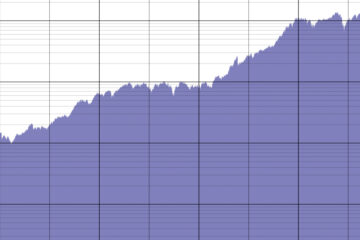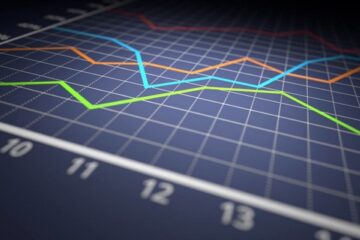Gross Domestic Product (GDP) is a fundamental economic indicator that represents the total monetary value of all goods and services produced over a specific time period within a country’s borders
BACKGROUND:
The history of America’s Gross Domestic Product (GDP) since its independence in 1776 is a story of a nation’s economic transformation and growth. This period spans from the early days of agrarian economy to the modern era of technological advancement and global financial dominance.
The Colonial and Early National Period (1776 – 1800)
In 1776, America’s economy was primarily agrarian, with agriculture accounting for the majority of its output. The early GDP figures, though not officially recorded, were relatively modest. The country’s economic activities were mainly localized, with limited manufacturing and trade predominantly with Europe.
The 19th Century: Industrialization and Expansion
The 19th century marked the beginning of America’s first industrial revolution. The GDP started to grow steadily with the expansion of the railroads, the rise of factories, and the emergence of new industries like steel and textiles. This era also saw the growth of the financial sector, aiding in the mobilization of capital for industrial expansion.
The Early 20th Century: The Great Depression and Recovery
In the early 20th century, the U.S. economy experienced unprecedented growth. However, the Great Depression of the 1930s was a significant setback, causing a massive decline in GDP and widespread unemployment. The subsequent recovery, spurred by World War II, transformed the U.S. into an industrial powerhouse.
Post-World War II Boom
The post-war era was characterized by an economic boom, marked by rising living standards, increased consumer spending, and the growth of the middle class. The GDP saw substantial growth during this period, reflecting the country’s expanding industrial and technological base.
The Late 20th Century: Technological Advancements and Globalization
The late 20th century witnessed the rise of technology and the transition to a service-based economy. The information technology revolution, starting in the 1970s, contributed significantly to GDP growth. Additionally, globalization opened up new markets for American products, further boosting the GDP.
The 21st Century: Challenges and Resilience
The early 21st century was marked by significant challenges, including the dot-com bubble burst and the 2008 financial crisis, both causing notable dips in the GDP. However, the economy showed resilience, recovering each time. The continued growth in technology sectors and the emergence of digital economies have been pivotal in driving the GDP upwards.
The COVID-19 Pandemic and Recent Trends
The COVID-19 pandemic brought unprecedented challenges, with a significant impact on the GDP due to lockdowns and economic disruptions. However, the U.S. economy has been showing signs of recovery, adapting to the new normal with increased digitization and a shift towards renewable energies and sustainable practices.
From humble beginnings in 1776 to its current status as a global economic leader, the U.S. GDP has mirrored the nation’s journey through agricultural, industrial, and technological revolutions. Despite facing various challenges, the U.S. economy has demonstrated remarkable resilience and adaptability, consistently growing and transforming to meet the demands of each era.

